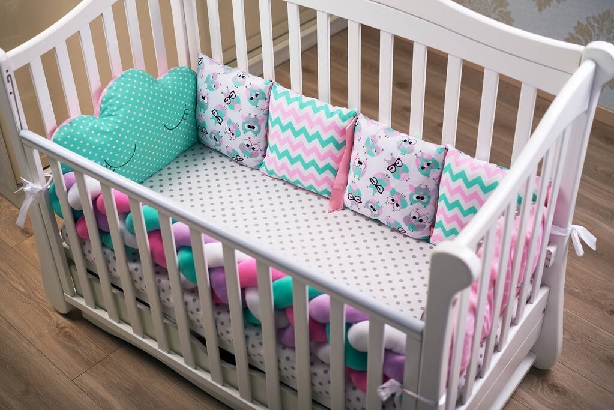In the realm of parenthood, safeguarding your little one’s comfort and safety becomes paramount. Selecting the right baby cot mattress stands as a crucial decision in this journey. A mattress of good quality not only supports your child’s growing body but also plays a pivotal role in preventing Sudden Infant Death Syndrome (SIDS) while ensuring a sound night’s sleep—a vital component for their mental and physical development.
Diving into the intricacies of baby cot mattress selection involves navigating through factors such as firmness, size, and material. The firmness of the baby cot mattress directly correlates with reducing the risk of SIDS, while ensuring a snug fit in the cot eliminates potential gaps that may compromise safety. Materials must be breathable and hypoallergenic, with safety certifications acting as steadfast guardians of quality standards.
Delving further, various types of baby cot mattresses, from foam to innerspring, natural fiber, and hypoallergenic, present a plethora of choices. The standard sizes, regulated globally, come with specific dimensions geared toward averting any risks of entrapment or suffocation for the baby.
Essential features, such as firmness, material, waterproofing, breathability, and hypoallergenic properties, play a significant role in the overall safety and comfort of the baby. These characteristics not only enhance the practicality of the mattress but also cater to the unique needs of your child, ensuring a secure and serene sleeping environment.
Tips for navigating the market include checking for certifications and safety standards to guarantee reliability and trustworthiness. Avoiding second-hand mattresses for health and hygiene reasons becomes imperative, as used ones may harbor allergens or lack the necessary support for a good night’s sleep.
Transitioning to the importance of comfort in a baby cot mattress, we explore its pivotal role in a baby’s sleep quality and growth. The choice of a comfortable material, adjusting firmness for optimal comfort, and considerations of cost and brand underline the intricate decision-making process.
Maintaining a baby cot mattress involves regular cleaning to remove dust, allergens, and stains. Knowing when to replace the mattress, typically every 7 to 10 years, ensures continued support and safety. Frequently asked questions cover aspects such as the purpose of a cot bed for a baby, the size of a cot bed mattress, the best mattress for babies, and a standout recommendation for the best cot mattress.
In conclusion, the journey of selecting the best baby cot mattress involves a harmonious blend of safety, comfort, and informed decision-making. Your careful consideration in this matter promises a restful and secure haven for your little one’s growth and well-being.
